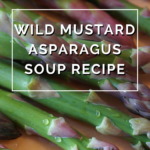What (and where) Is Moderation?
In order to lead a reasonably happy, healthful and productive life you need to practice a certain amount of moderation. We all know when we don’t have it. Just what is moderation, and how can you be moderate in our anything-but-moderate world? Moderation seems both out of style – sort of quaint – and our lack of it the reason for so much that ails so many.
Many of us can reel off the basics of a moderate lifestyle: generally sticking to a way of eating rich in fruit, vegetables, whole grains, and lean proteins, things like maintaining a healthy weight, avoiding too much sugar and salt, and working with a nutrition professional if your medical condition necessitates lifestyle change.
Physical activity is another anchor of a moderate lifestyle. National fitness organizations recommend we get at least 30 minutes of moderate (there’s that word again) activity on most if not all days of the week. Yet most Americans are not moving this much.
Definitions and examples of a moderate lifestyle are clear and widely available, but the majority of Americans can’t seem to incorporate it into our daily lives. Cultural norms present moderation as passive, a little boring, and even undesirable, as Oscar Wilde’s famously observes: “Moderation is a fatal thing” and “Nothing succeeds like excess.”
Something one of my agents said, a gal who works with big writers, haunts me to this day. She said not to say that word – moderation. No one wants to talk about that, she insisted. We’re not working together anymore, though she’s an amazing agent, but I am so very clear that I’ll gladly leave some worldly success on the table to insist that we need to relax, mellow out and cultivate the middle path between too much and too little.
Yogic Moderation: Standing in the Fire
Yoga’s philosophical framework of the yamas and niyamas richly and clearly describe the mental framework of a moderate approach to lifestyle. While national health recommendations provide general outlines as to what a moderate lifestyle is, the actual how-to is much harder to find. Yoga gets into the nitty-gritty.
In yoga, moderation is not a passive state easily achieved.
The moderate yoga practitioner is a spiritual warrior constantly challenged by his or her own attachments (things he or she is drawn to, appetites) and aversions (things he or she pushes away from, dislikes). If the practitioner can begin to attenuate his or her appetites and dislikes through following the yamas and niyamas, and direct his or her passion (tapas) toward self-study(svadhyaya) or self-care, a more moderate lifestyle may be achieved, and his or her spiritual journey will proceed unencumbered. This cognitive restructuring, the re-weaving of your thinking process, is a difficult undertaking. In yoga it is sometimes referred to as “standing in the fire” between the two poles of attachment and aversion. Or, standing in the middle ground between too much and too little.
Modern yoga culture itself, unfortunately, is not immune to duplicity. With the tremendous gain in popularity of the practice and resultant explosion of commercial yoga endeavors, there is a booming yoga media culture that implies that if you purchase certain yoga products you will easily find unending bliss, happiness, and a perfect yoga butt.
In these image-pitches there is no hint of the hours of sadhana (practice) or the years of self-development necessary for the average practitioner to reach the states of bliss and physical perfection being peddled. This body-ism of getting overly attached to our physical appearance is prevalent in the yoga world (and is one reason we are seeing a jump in eating disorders in some yoga communities), but it is simply another distraction blocking your path to becoming a fully aware human. Look for teachers and practices that focus more on feeling great in the body you have right now, as opposed to practices and teachers encouraging you to aim for something you are not.
Enjoy your fit (or imperfectly fit) body, your vibrant (or somewhat less than vibrant) energy, but remember not to take it too seriously. The journey is the practice, and there is no goal or destination other than being in the present moment in practice and in life.
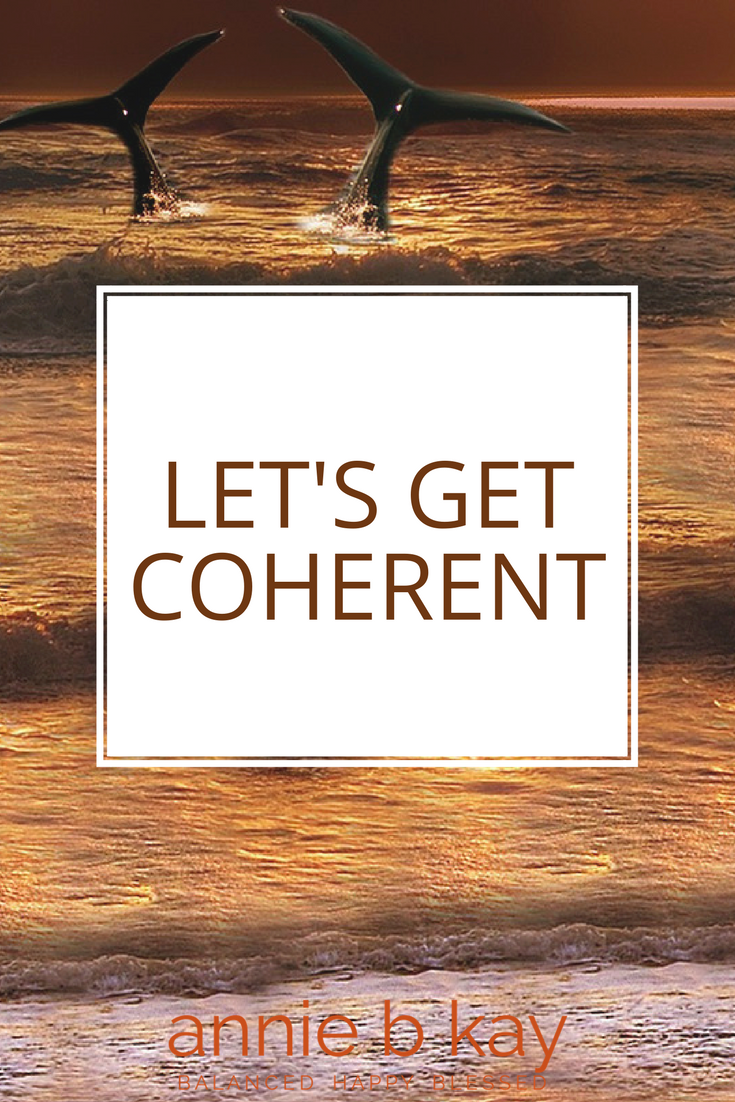
There’s been talk in the integrative wellness world about coherence, so here’s a bit about that. It’s about vibration and the waves created therein. Some scientists say that all communication comes down to vibrational waves – light, sound, movement – how animals and plants, the cells within them and much of the world itself communicates.
Let’s talk about waves and how to begin to discuss them. A good place to start is with few definitions.
Wavelength: A wavelength is the distance between two similar points of two waves – crest (top) to crest or trough (bottom) to bottom, for example.
Frequency: The number of waves produced per second. Speaks to speed and length.
Amplitude: Half the distance from peak to trough. It can also be thought of the height of a wave from the rest position (the inflection point in the middle where the wave is not moving) to the peak. How big it is.
Wave Speed: How fast it is moving (in meters per second).
Period: The time it takes to pass a point, in seconds. Speed.
Some of these sound close in definition and they are, but I am going to leave it there for the time being. If you are curious, do a little more research. Thanks.
So, coherence involves two waves meeting – they can meet in a coherent way (speed and frequency are similar enough to become in sync) and increase amplitude, or incoherently and decrease amplitude. When waves are incoherent, the waves can actually cancel each other out, or go a little haywire and splat (not a technical term but I hope you get the visual – plop!).
The metaphysical idea is that we are each born with a certain frequency (my teacher says we each come in on a different color of the rainbow of light). Our wavelength and frequency determine, to a great extent, to whom and what we resonate. What’s coherent to us, the thinking goes, is what gives us a boost and makes us feel stronger. Philosophers in this area go on and on, spiraling deeper and deeper in the dance of energy.
The human heart – that strongest muscle in our body – is an oscillator – it creates electical waves, and some believe it creates the human energy field. Get where I’m going?
What Might It Mean?
- When we do grounding practices in yoga we become more coherent with the earth.
- When we show appreciation for a plant, we are becoming more coherent with the plant.
- When we seek to understand what another person is saying, or feeling – when we empathize, we are becoming more coherent with that person.
- When we cultivate gratitude we become more coherent with our own life and life itself.
Coherence is a basis for communication – it is a connection. My teacher says it is a communion.
I say it is a way of understanding energy. Of understanding our subtle bodies (meaning our energy bodies, our emotional bodies, the aspects of us we can’t see and have difficulty measuring) and the world around us. The idea that cultivating coherence leads to and is akin to following our bliss. These ideas are consistent with both yoga and with positive psychology and with plant spirit healing. They are energy-competent lenses for experiencing life.
Is This for Real?
Is there Western clinical science that might back this up? From what I’ve see thus far, there are many interesting possibilities, but I have yet to see a really well conducted study that proves this all happens in the way I’ve presented. I want one, believe me – intuitively it makes perfect sense. But the science, well, it’s so young it doesn’t yet speak.
And yet. It’s worthwhile to study energy. Knowing how to operate your own energy field, how to ground yourself, how to expand when it’s helpful – these are clearly helpful skills in this destabilized and chaotic time. So, let’s keep studying. With a clear eye and an open heart.
Through my programs this year – in Costa Rica, the March weekend (Every Bite Is Divine) , my week with Jeremy and the program I’ll lead in July (Subtle Body Nourishment) at Kripalu, I will be diving into the how of coherence – there are practices that can help you live more from, and funnel life through – this magnificent organ at the center of our being – our heart.
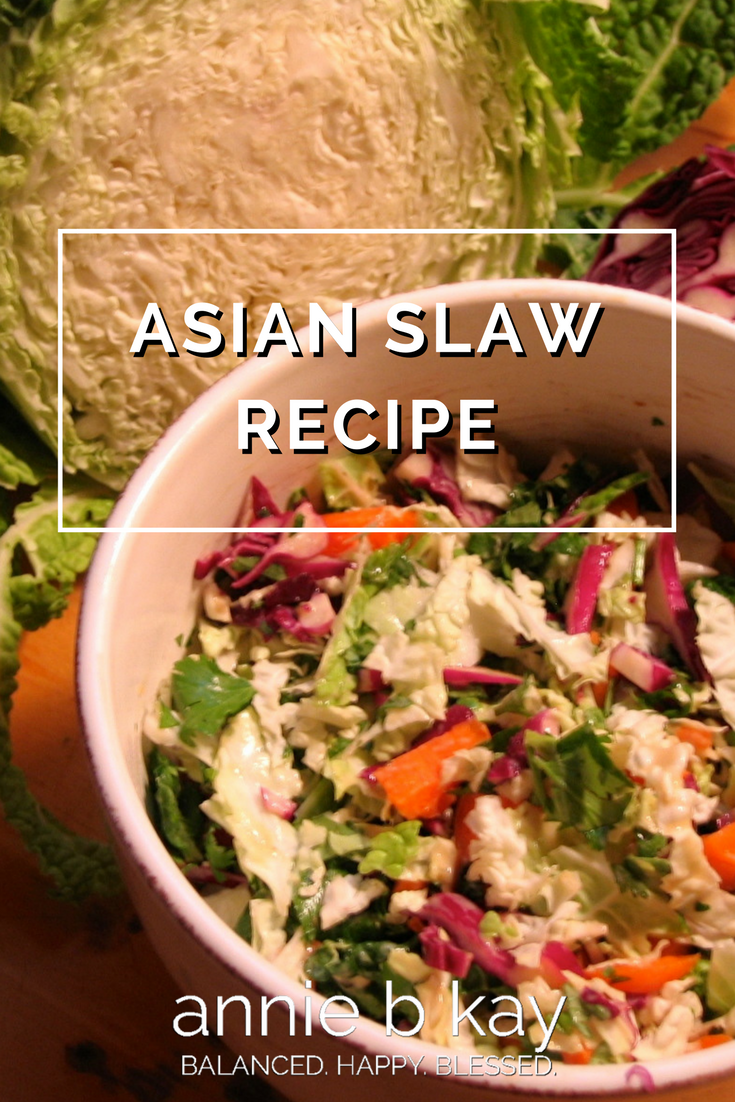
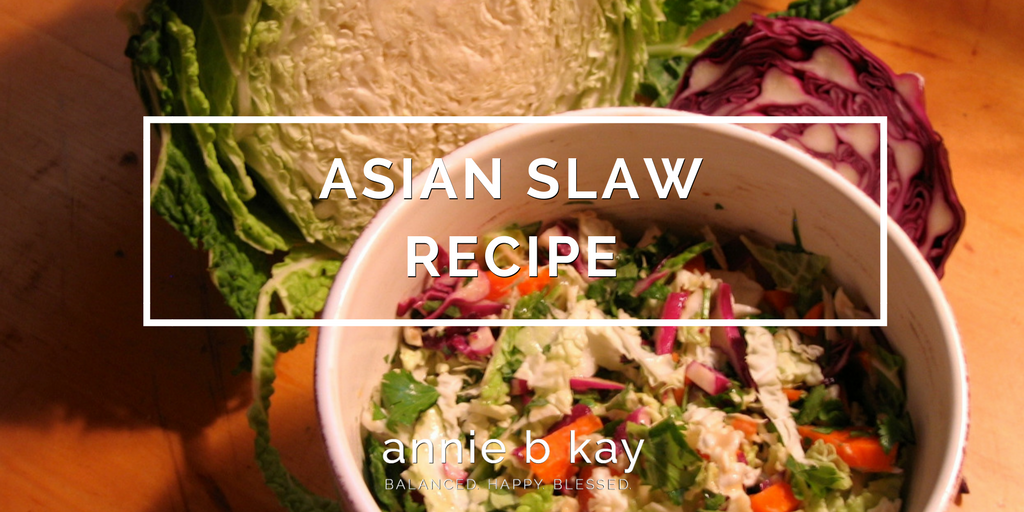
Everyone should have a vegetable-based recipe or two that takes (snap!) that long, that serves as a quick meal or snack. This raw Asian slaw recipe has been a mainstay of my 3pm-give-me-carbs attack for years. It works.
The heart of the recipe is savoy cabbage and rice wine vinegar. You can enjoy (and I often do) just these two ingredients. But why not toss in some carrot, cilantro or Thai basil, and sesame oil? Add a handful of cashews, organic tofu or garbanzo beans to make it a meal.
This is a great springtime detox recipe, because it is nutritionally dense, and contains the antioxidants that support your liver in its biotransformation of cellular gunk into removable trash, which can then be flushed out of your body via the usual exit routes. This recipe also has lots of fiber, secret weapon of the weight-conscious.
Asian Slaw Recipe
Ingredients
- ½ cup savoy cabbage sliced thin
- ½ cup red cabbage sliced thin
- a few fresh snow peas, sliced
- ¼ cup diced red pepper
- 1 medium carrot, diced
- 1 Tbsp fresh cilantro if available
- 2 tsp rice wine vinegar
optional:
- 2 Tbsp Asian salad dressing
- 2 tsp sesame oil
- 1 slice fresh ginger, diced with skin trimmed
- a handful of cashews, or 1/2 cup tofu
Directions
Toss everything together and eat.
Just getting started with healthy eating? This article will help.
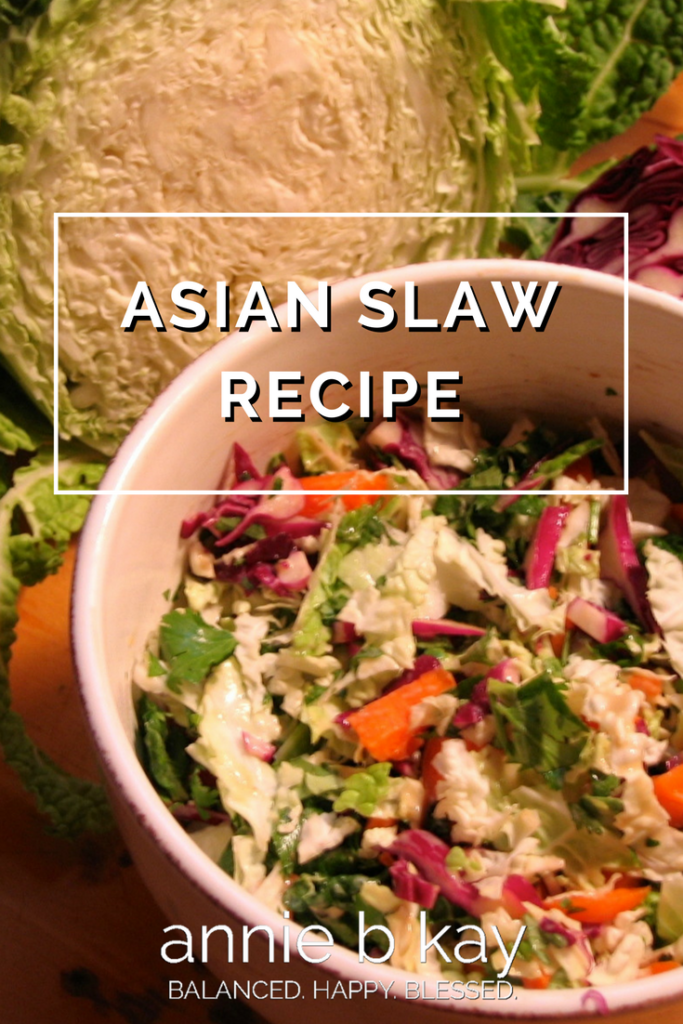
Pinterest
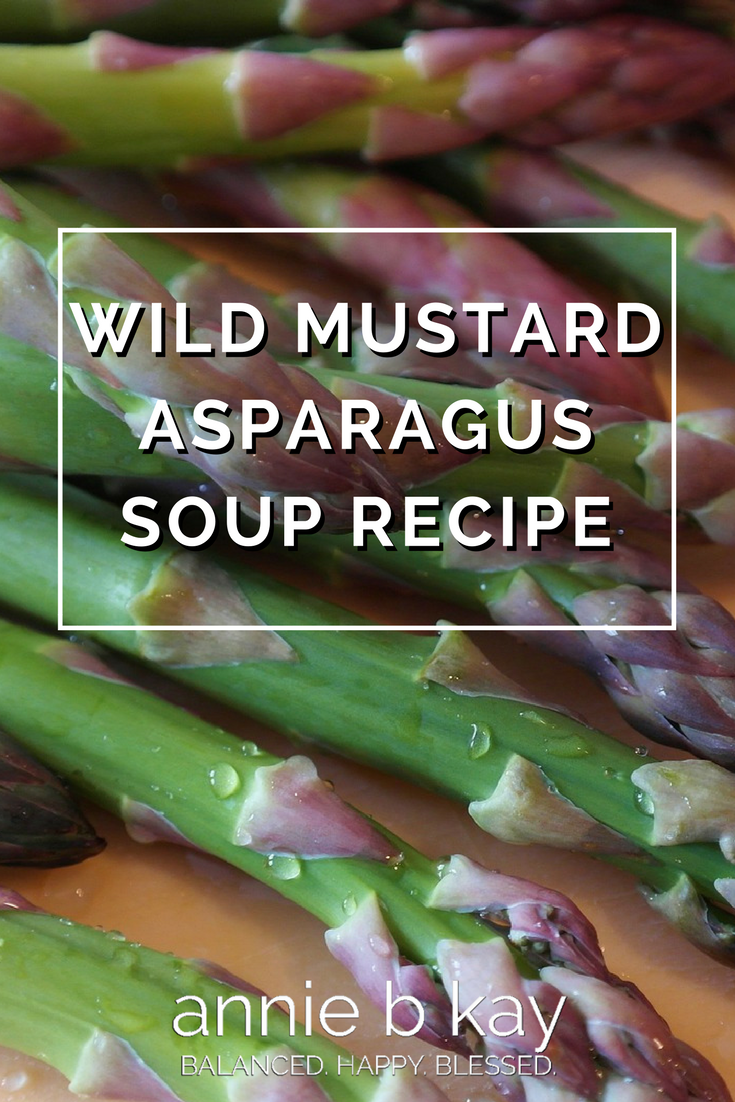
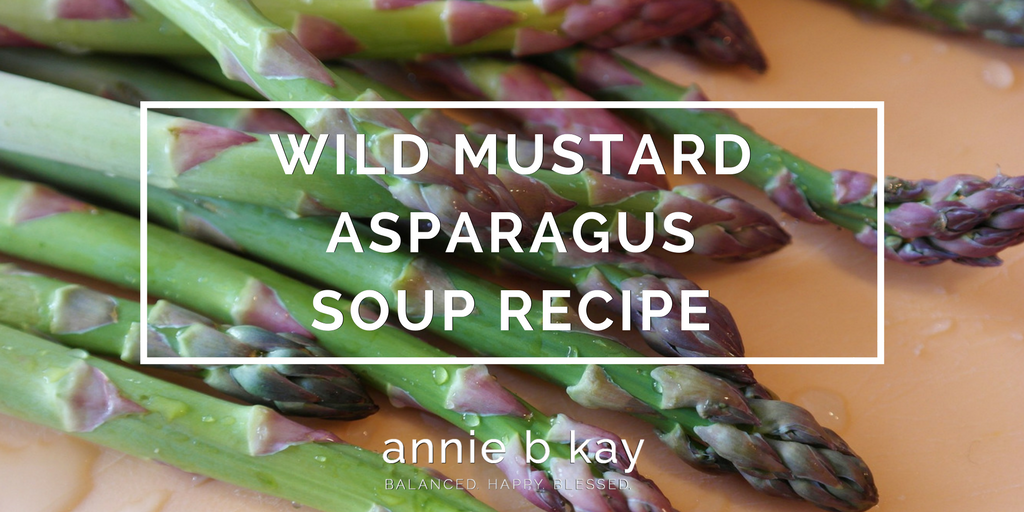
Please resist the temptation to spray weed-killer on your lawn as it is filled with nutrition free for the taking. Eat your “weeds” instead! Wild garlic mustard, for example, is considered an invasive weed but is also a nutrient-dense green with a spicy garlic flavor. This green is filled with antioxidant vitamins and minerals, and eating a little something wild every day connects us more deeply to nature.
I love the fact that just when we need to brush out the sludge from that long cold winter, the very tonics we need to help that happen literally spring up under our feet. Dandelion, ramps, wild strawberry and garlic mustard to name a few are everywhere now, and all we need to do is accept the invitation and support to detoxify deliciously.
Here is a nice light green spring soup recipe that I whipped up with the crew of people coming for Detox at Kripalu in mind. And of course, all my friends who are Kripalu Detox alums. Between the garlic mustard and asparagus (which is bursting with glutathione, the mother of all antioxidants and a detox power food) this recipe is made for spring nutrition. Enjoy!
Wild Mustard Asparagus Soup Recipe
Heavy Soup Pot
Immersion Blender
- 15-20 stalks asparagus snapped into 2-inch pieces
- 5 stalks celery chopped
- 2 Tbsp good quality olive oil
- 1 scallion chopped
- 15 oz chicken or vegetable stock I used Pacific Natural Organic Chicken
- 2 cups fresh wild garlic mustard leaves
- 2 tsp Dijon mustard
- 1 Tbsp grass-fed butter
- 4 Tbsp toasted sunflower seeds
- Salt and pepper to taste
Saute celery in olive oil in a heavy soup pot until soft.
Add scallion and asparagus, and continue to saute until vegetables are soft.
Add stock, garlic mustard, and Dijon, and simmer medium-low for 15 minutes.
Go to it with your immersion blender.
Stir in butter until melted and incorporated into the soup. Add salt and pepper to taste.
Serve warm, topping each bowl with a Tbsp of toasted sunflower seeds.
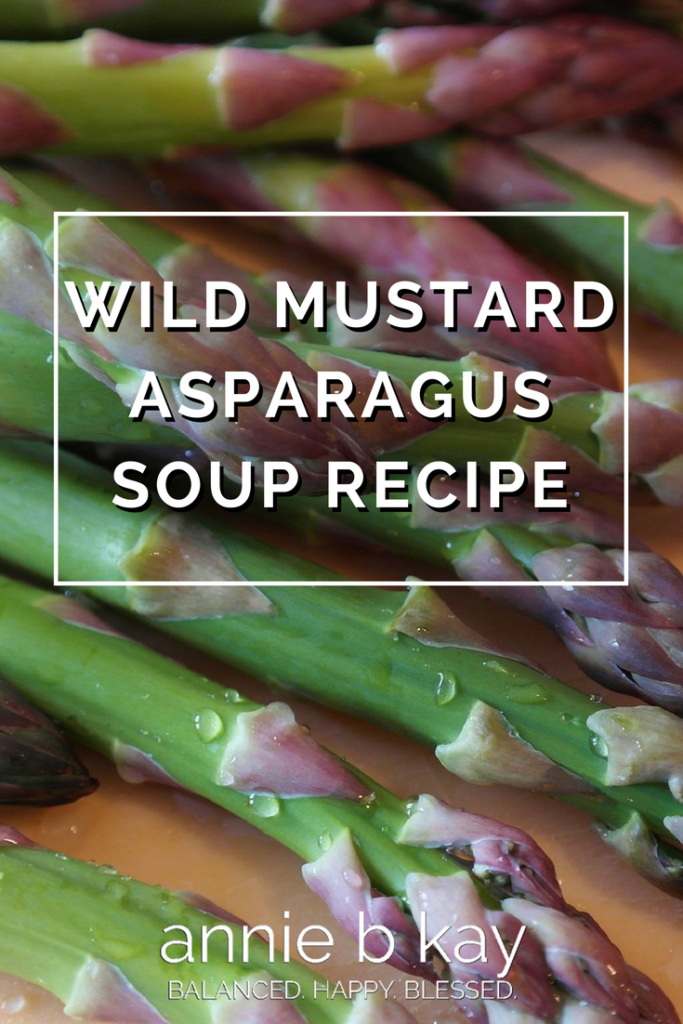
Pinterest
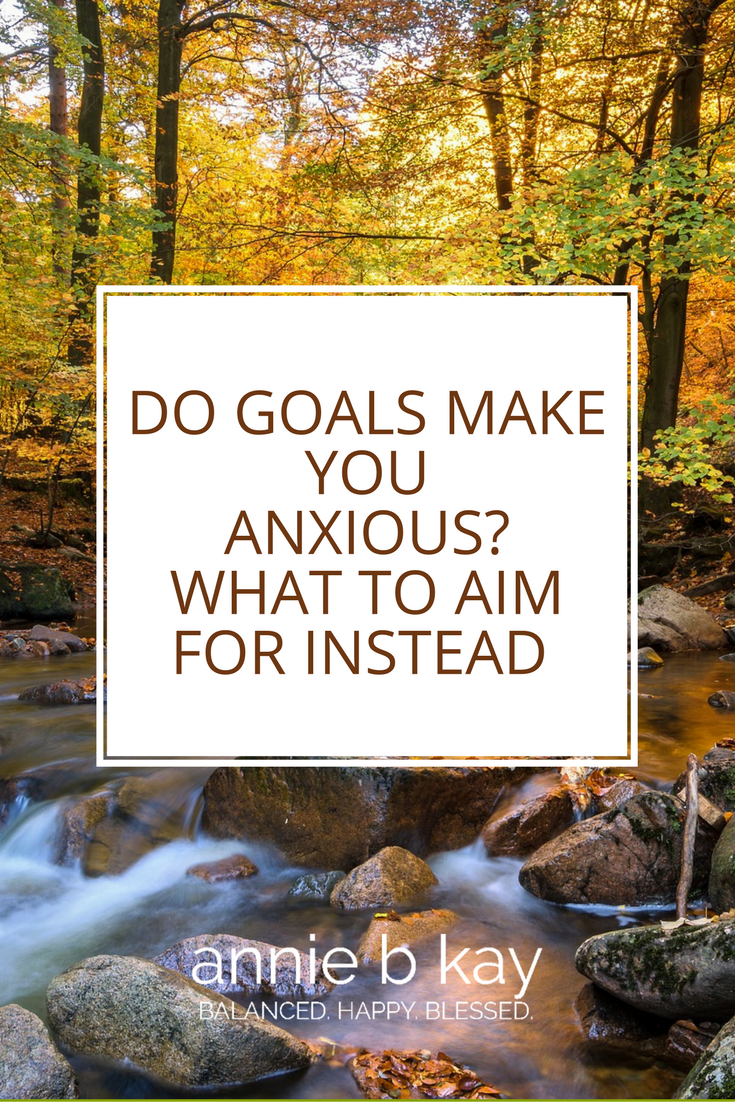
I’ve always be a goal-oriented gal. Every year-end I love to reflect on the year that was, integrate the lessons and vision what may be.
I’ve noticed, however, when working with people who are trying to change, that setting goals can trigger anxiety. Goals don’t always seem to support happy change, and we can get a little reductive and crazy around them – push push push. Goals also suggest an endpoint.
When it comes to lifestyle change, there isn’t an endpoint – there are ongoing choices and adjustments. There is practice. Rather than goals, how about milestones – points along the way that can let you know you are on the road you intend. Rather than push, how about flow.
Words are important – they do nothing less than create our world. So, let’s re-think the language surrounding goals – particularly if goals make you anxious.
Rather than goals, think about shift (I call them milestones). Rather than relapse, it’s life (I bow down to my teacher-friend Aruni for that one!). This language feels more real and relevant. When I use allowing and flow language in a workshop, I can see people relax and focus on what really matters – bringing their lives a bit more in alignment with who they are.
The yogis say that change is a dance of being and becoming. Of embodiment and right action. Here in the West, we focus so much on the action phase, but really not at all on the quieter embodiment side of practice. Of walking your talk, and acting as if you understood how sacred the process can be.
Today, life is moving so fast, and is so open to limitless possibilities and is so unpredictable that setting goals seems…not so relevant. I like the idea of getting clear what you are interested in bringing into your life, and the practice doing that – experimenting with the many ways you can walk your talk, and take the right next step.
Did you make goals for 2018? Have they made you a little anxious? How about giving yourself a break, and softening your goal language into shifts, milestones, and practice?
Here are a some other articles on supporting shift and intentions for this new year.
Intention in Action – New Year’s Intentions
Intentions Can Last – Here’s How
Gather Ye Guides







